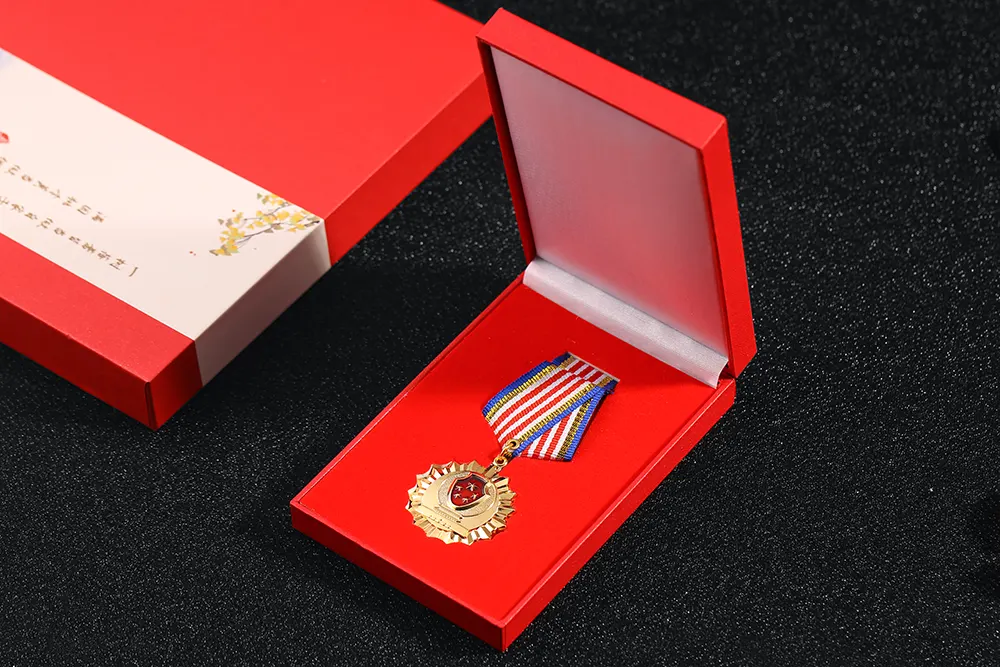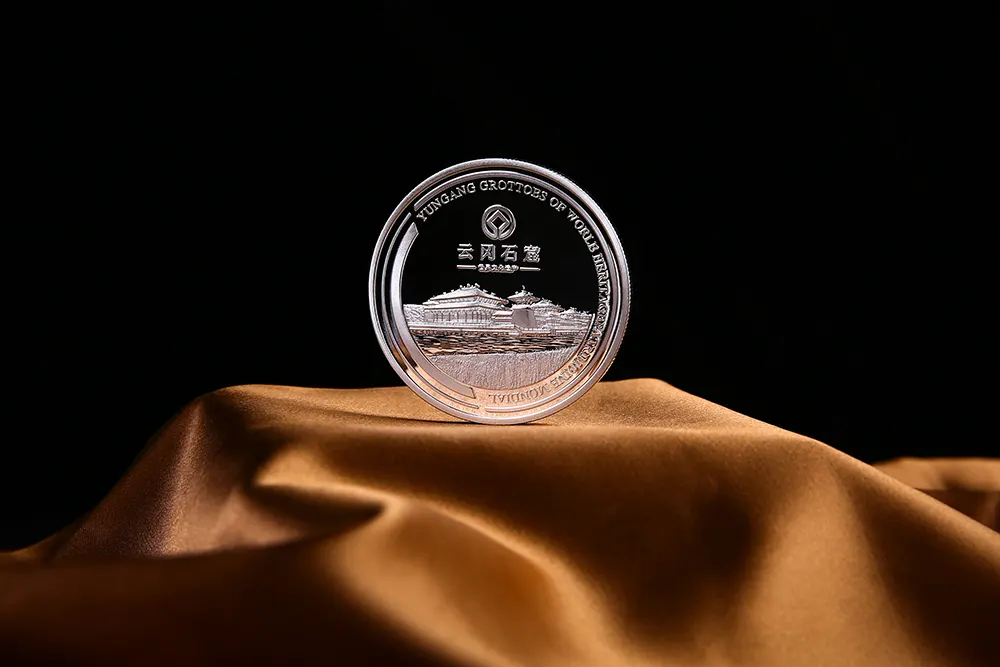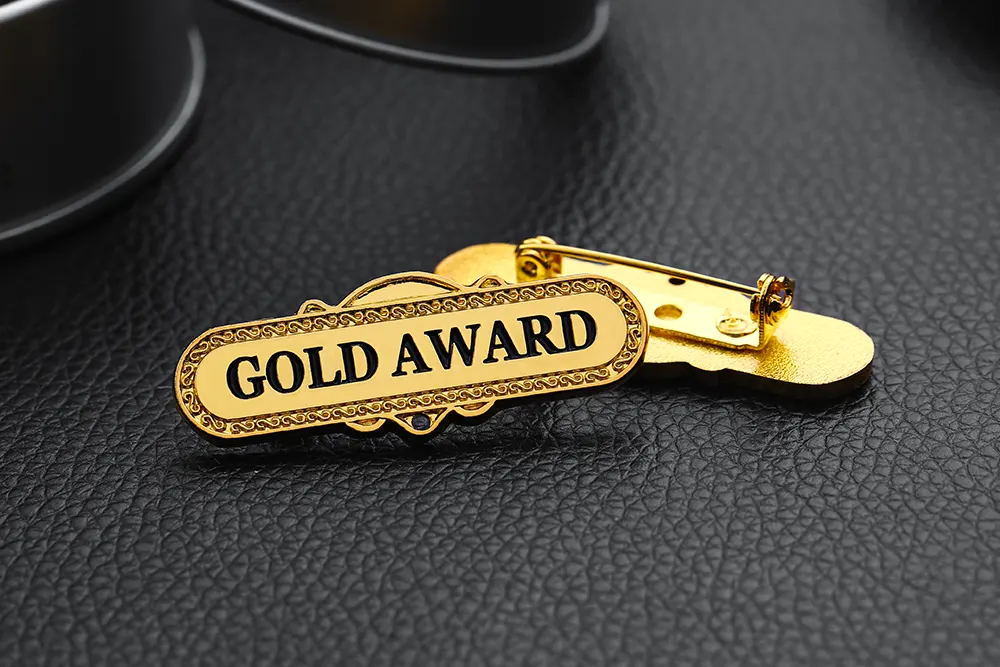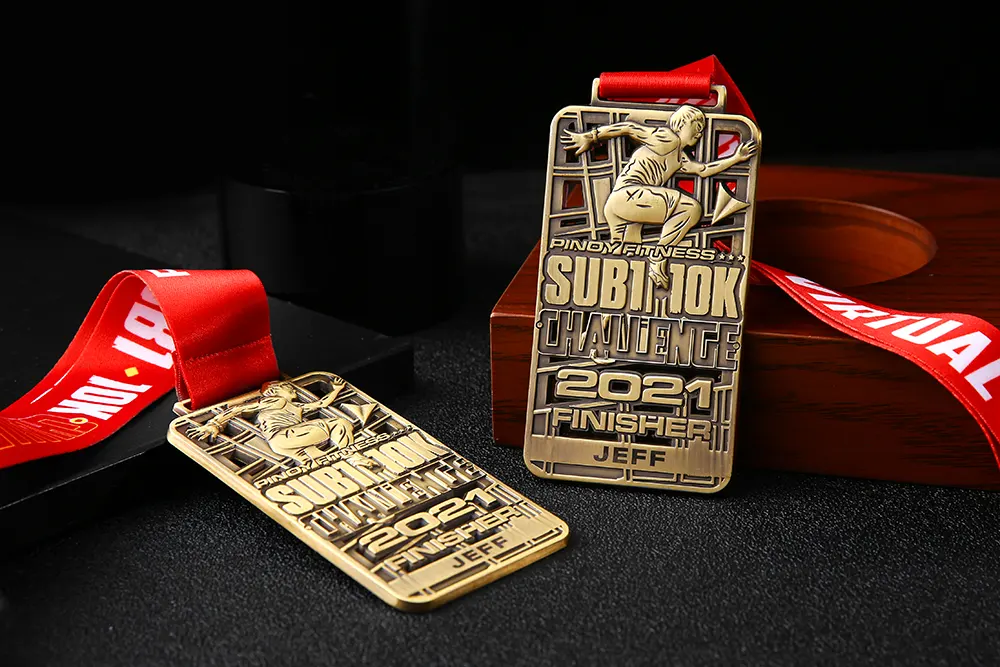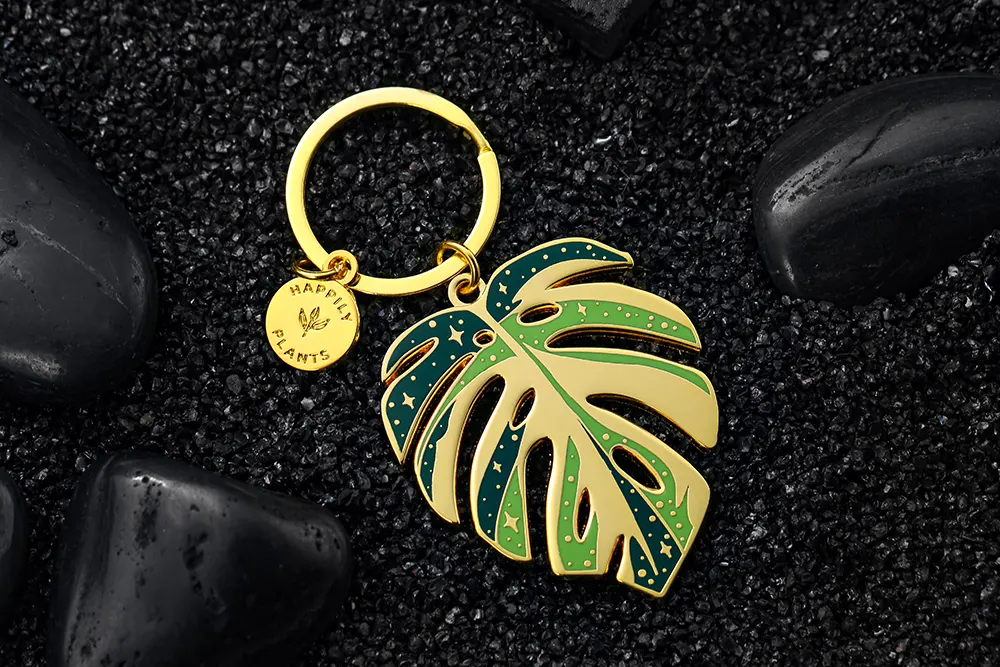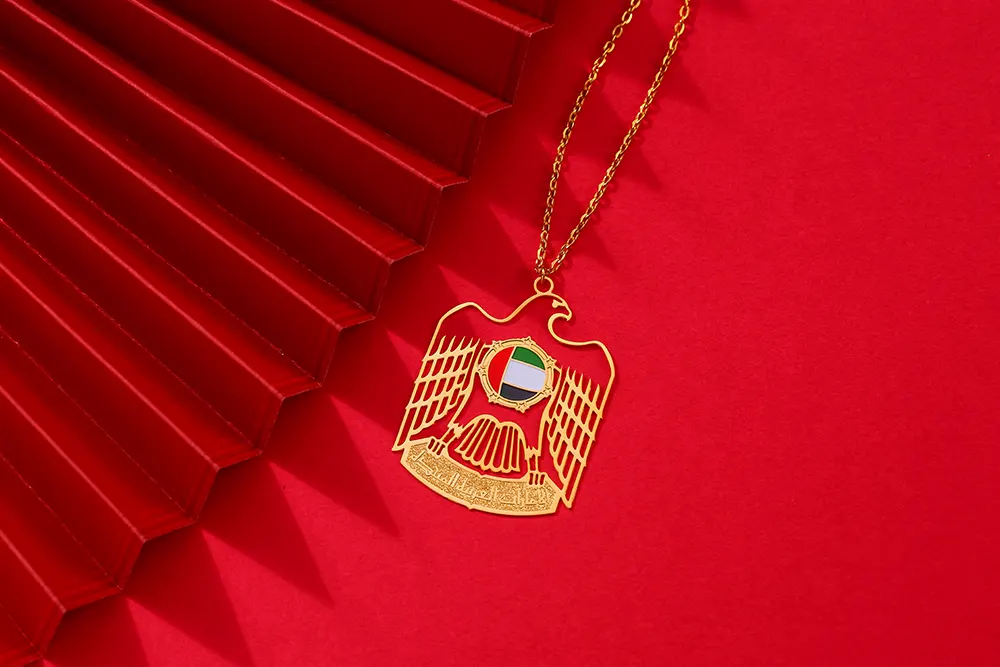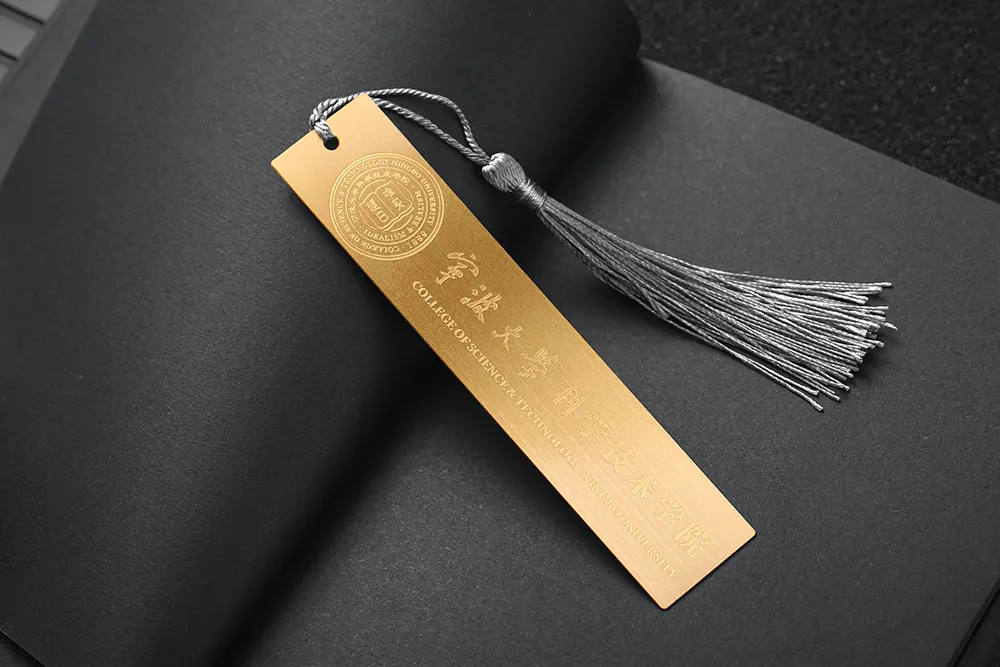Military medals represent some of the most meaningful symbols in armed forces tradition. These decorations tell the story of service, sacrifice, and achievement, making proper identification and placement crucial for both active duty personnel and veterans. Whether you’re trying to understand the medals worn by a family member or learning proper protocol for your own uniform, this guide will help you navigate the complex world of military decorations.
The Significance of Military Medals
When you see a service member wearing their dress uniform adorned with colorful ribbons and medals, you’re looking at a visual record of their military career. Each decoration represents specific achievements, from completing basic training to acts of valor in combat. These awards aren’t merely decorative—they carry deep personal and historical significance.
During my time attending military ceremonies, I’ve witnessed firsthand how veterans take immense pride in wearing their medals correctly. I remember speaking with a retired Army sergeant who spent over an hour carefully arranging his medals before a Veterans Day parade, explaining that each one represented not just his own service, but the memory of comrades who served alongside him.
Types of Military Decorations
Military decorations fall into several categories, each with distinct purposes and precedence. Understanding these categories is essential for proper identification.
Medals for Valor
The highest awards recognize extraordinary heroism in combat. The Medal of Honor stands as the nation’s highest military decoration, followed by service-specific crosses like the Distinguished Service Cross, Navy Cross, and Air Force Cross. These medals are typically worn as full-size decorations around the neck or on the left chest area, depending on the uniform type and occasion.
Service Medals
Service medals acknowledge participation in specific campaigns, wars, or operations. Examples include the Iraq Campaign Medal, Afghanistan Campaign Medal, and Global War on Terrorism Service Medal. These medals feature unique ribbon colors and designs that correspond to particular conflicts or periods of service.
Achievement and Commendation Medals
These decorations recognize exemplary service, professional achievement, or meritorious conduct. The Army Achievement Medal, Navy and Marine Corps Commendation Medal, and Air Force Achievement Medal fall into this category. They’re among the most commonly awarded decorations across all service branches.
Identifying Army Medals and Other Service Decorations
Army medal identification requires familiarity with ribbon colors, medal designs, and the order of precedence. Each branch of service maintains its own system, though some medals are joint-service awards that can be worn by personnel from any branch.
Reading Ribbon Colors
The ribbon bars worn on service uniforms provide the primary means of identification. These colorful strips feature specific patterns that correspond to particular medals. For instance, the Purple Heart ribbon displays purple edges with a white center stripe, while the Bronze Star features red with thin vertical stripes of white and blue.
Understanding Devices and Attachments
Small metal devices attached to ribbons and medals provide additional information. Oak leaf clusters indicate subsequent awards of the same decoration in the Army and Air Force, while the Navy and Marine Corps use gold and silver stars for this purpose. Bronze letter “V” devices denote valor, while “C” devices indicate combat service.
Proper Placement on Military Uniforms
Wearing medals correctly demonstrates respect for military tradition and regulations. Each service branch publishes detailed guidelines for medal placement, but some general principles apply across all branches.
Dress Uniform Standards
On dress uniforms, full-size medals are typically worn on the left chest, with the highest-ranking decoration positioned at the top. Medals are arranged in rows, with exact spacing specified by service regulations. The right chest may display marksmanship badges, unit awards, or foreign decorations, depending on the branch and uniform type.
Service Uniform Protocols
Service uniforms typically display ribbon bars rather than full medals. These ribbons follow the same order of precedence as full-size medals but are worn in a more compact configuration. Proper alignment and centering are essential—ribbons should be parallel to the ground and positioned according to specific measurements outlined in uniform regulations.
Order of Precedence
Military decorations follow a strict hierarchy known as the order of precedence. This system ensures that the most significant awards are displayed prominently. The precedence order begins with the Medal of Honor, followed by service crosses, Distinguished Service Medals, and Silver Stars. Lower-ranking awards follow in established sequence, with campaign and service medals typically appearing near the end.
Understanding this order is crucial when arranging multiple decorations. If a service member has earned ten different medals, they must be worn in the correct sequence, with the highest honor closest to the wearer’s heart—literally positioned at the top left of the medal rack.
Common Challenges in Medal Identification
Even with knowledge of ribbon colors and precedence, identifying specific medals can prove challenging. Some ribbons feature similar color schemes, while others have changed designs over the years. Additionally, foreign decorations and unit awards add complexity to the identification process.
Using Reference Resources
Official military websites provide comprehensive databases of authorized decorations. The Institute of Heraldry maintains detailed records of all Army medals, including high-resolution images and descriptions. Similar resources exist for other service branches. These references prove invaluable when identifying unfamiliar decorations or verifying proper award configurations.
Distinguishing Between Similar Ribbons
Some medals feature nearly identical ribbons at first glance. The Army Good Conduct Medal and the Marine Corps Good Conduct Medal both feature predominantly red ribbons, but careful examination reveals subtle differences in stripe patterns. The National Defense Service Medal, awarded during specific periods of conflict, has been issued with slightly different ribbon designs across multiple generations.
Special Considerations for Different Uniform Types
Military personnel wear different uniform types for various occasions, and medal display requirements change accordingly. Combat uniforms typically feature minimal decorations—perhaps only a name tape and unit patch—while dress blues or mess dress uniforms display full medal racks and all authorized decorations.
Physical training uniforms generally don’t display any medals or ribbons. This practical approach allows service members to exercise without damaging valuable decorations or creating discomfort during physical activity.
Maintaining and Caring for Military Medals
Proper maintenance ensures medals remain in presentable condition throughout a service member’s career and beyond. Full-size medals should be stored in protective cases when not worn, preventing tarnish and physical damage. Ribbon bars can fade over time with exposure to sunlight and should be replaced when they show significant wear.
Many veterans choose to have their medals professionally mounted on display boards for shadow boxes or frames. This preservation method protects the decorations while creating a meaningful visual representation of their service history. Professional mounting services ensure proper spacing and arrangement according to current regulations.
The Evolution of Military Decorations
Military medal systems have evolved significantly throughout American history. The Purple Heart, one of the oldest military decorations, was established by George Washington in 1782, though it wasn’t widely used until its revival in 1932. Modern service members may wear medals from conflicts spanning from World War II to contemporary operations in the Middle East and beyond.
New decorations continue to be established as military operations and priorities evolve. Recent additions include cyber warfare badges and medals recognizing service in emerging domains of conflict. This ongoing evolution reflects the changing nature of military service and the need to recognize new forms of achievement and sacrifice.
Resources for Further Learning
Several authoritative sources provide detailed information about military medals and proper uniform wear. The Department of Defense maintains comprehensive online resources, while each service branch publishes its own uniform regulations. Veterans Service Organizations often offer assistance with medal identification and replacement for lost decorations.
For those seeking to identify medals worn by family members or historical figures, professional military historians and archivists can provide expertise. Many museums dedicated to military history maintain extensive collections of medals and decorations, along with knowledgeable staff who can assist with identification questions.
Conclusion
Understanding military medals and their proper display on uniforms opens a window into the rich tradition of military service. Each decoration tells a story—of battles fought, challenges overcome, and dedication to duty. Whether you’re a service member ensuring proper uniform compliance, a family member honoring a loved one’s service, or simply someone interested in military tradition, knowledge of medal identification and placement deepens appreciation for those who serve.
The system of military decorations, while complex, follows logical principles of precedence and placement. By familiarizing yourself with basic identification techniques, reference resources, and display protocols, you can better understand the visual language of military service that these medals represent. This knowledge not only ensures proper respect for military tradition but also preserves the stories and sacrifices that each decoration commemorates.
















